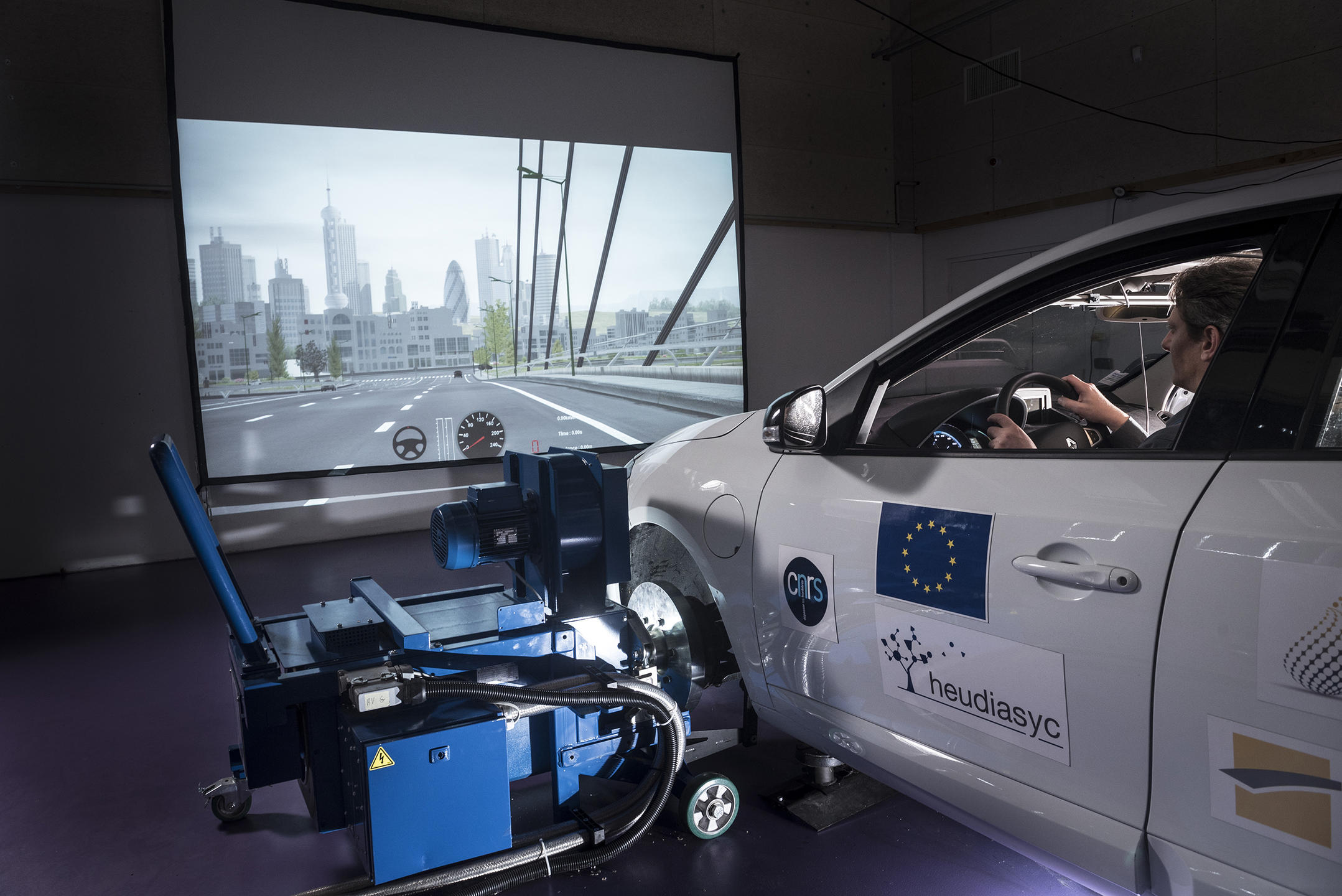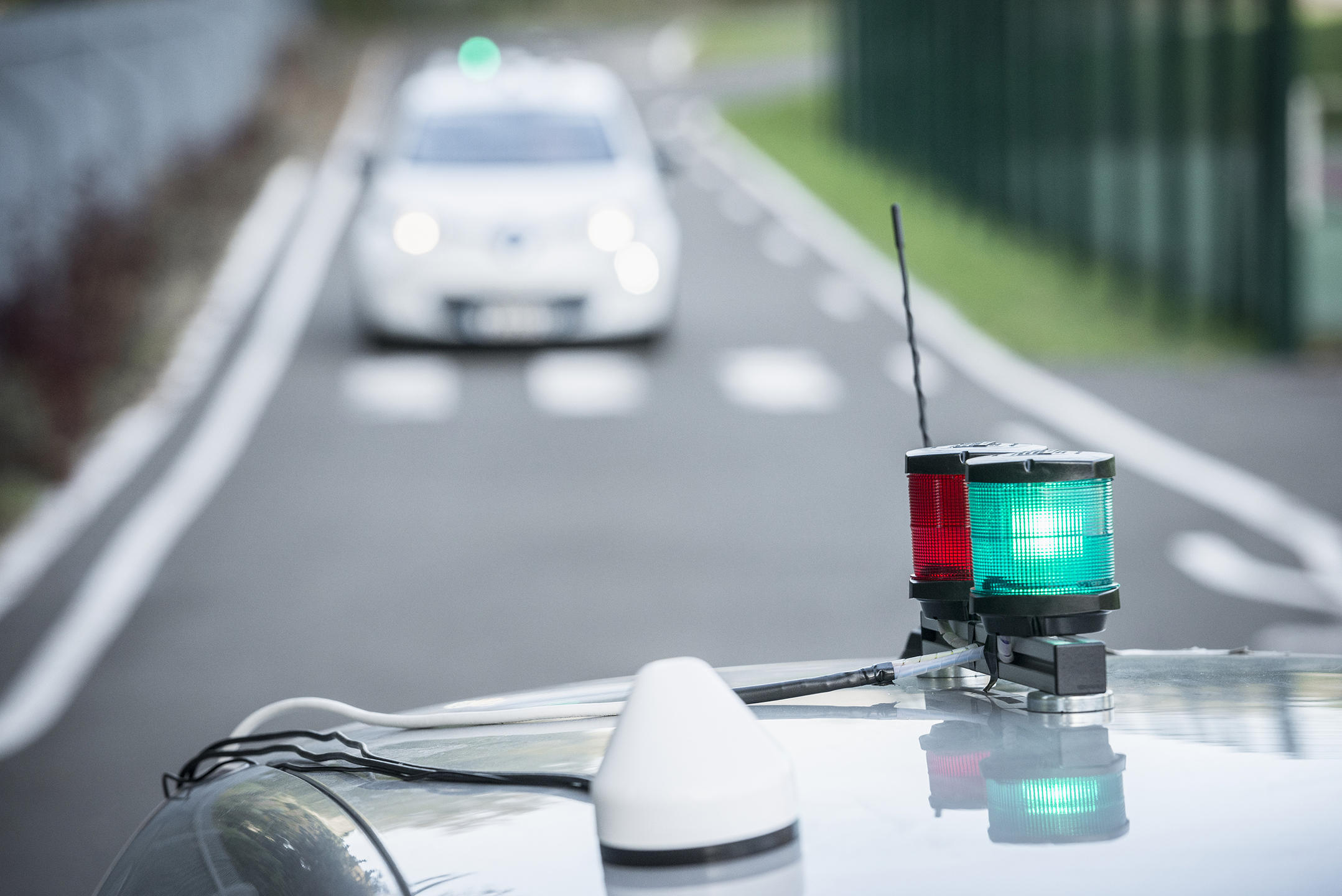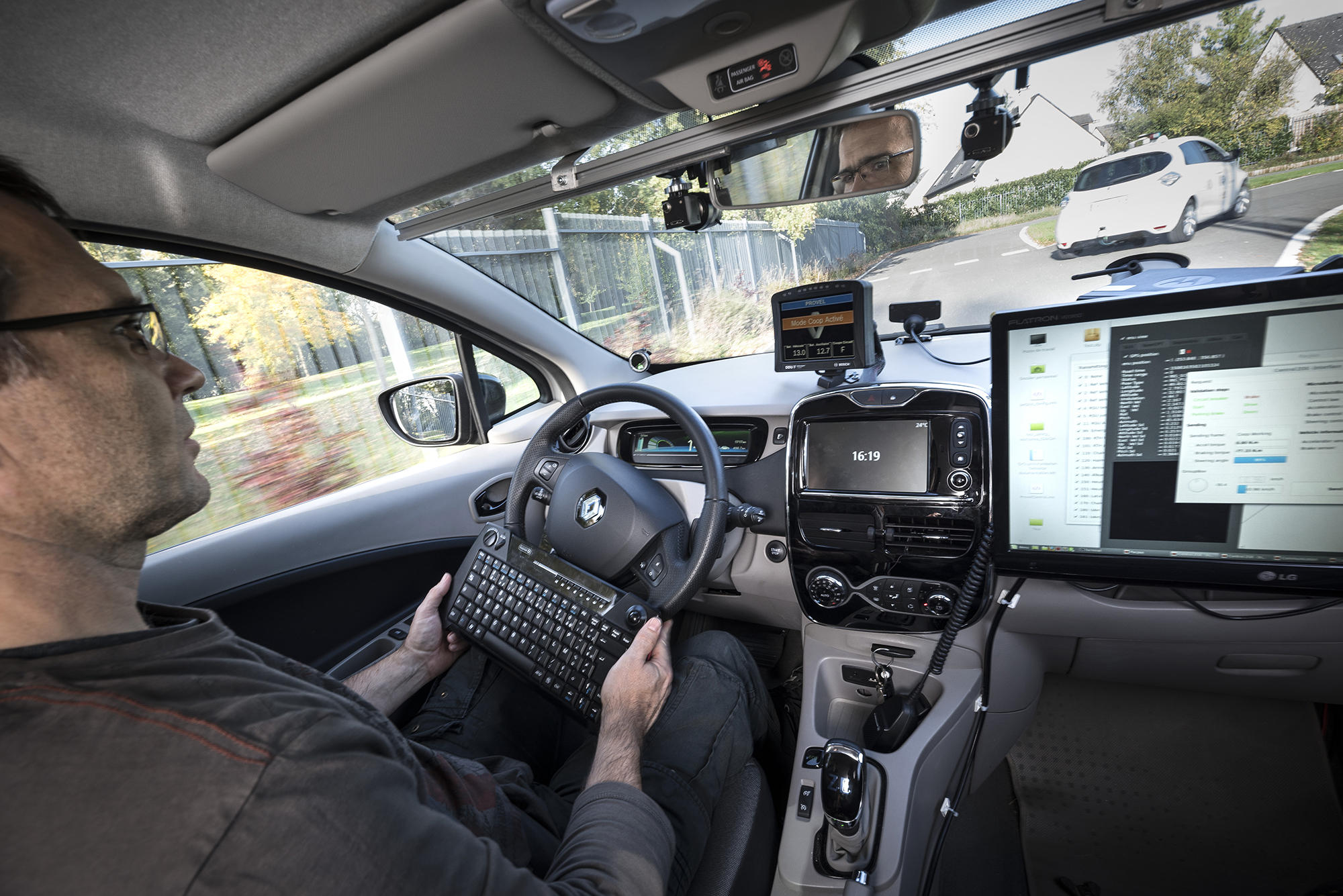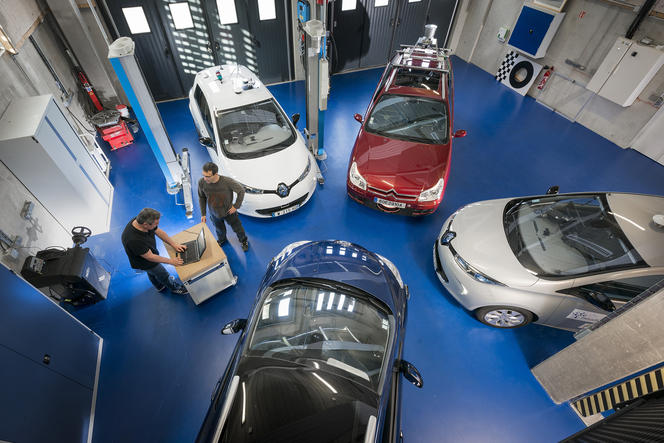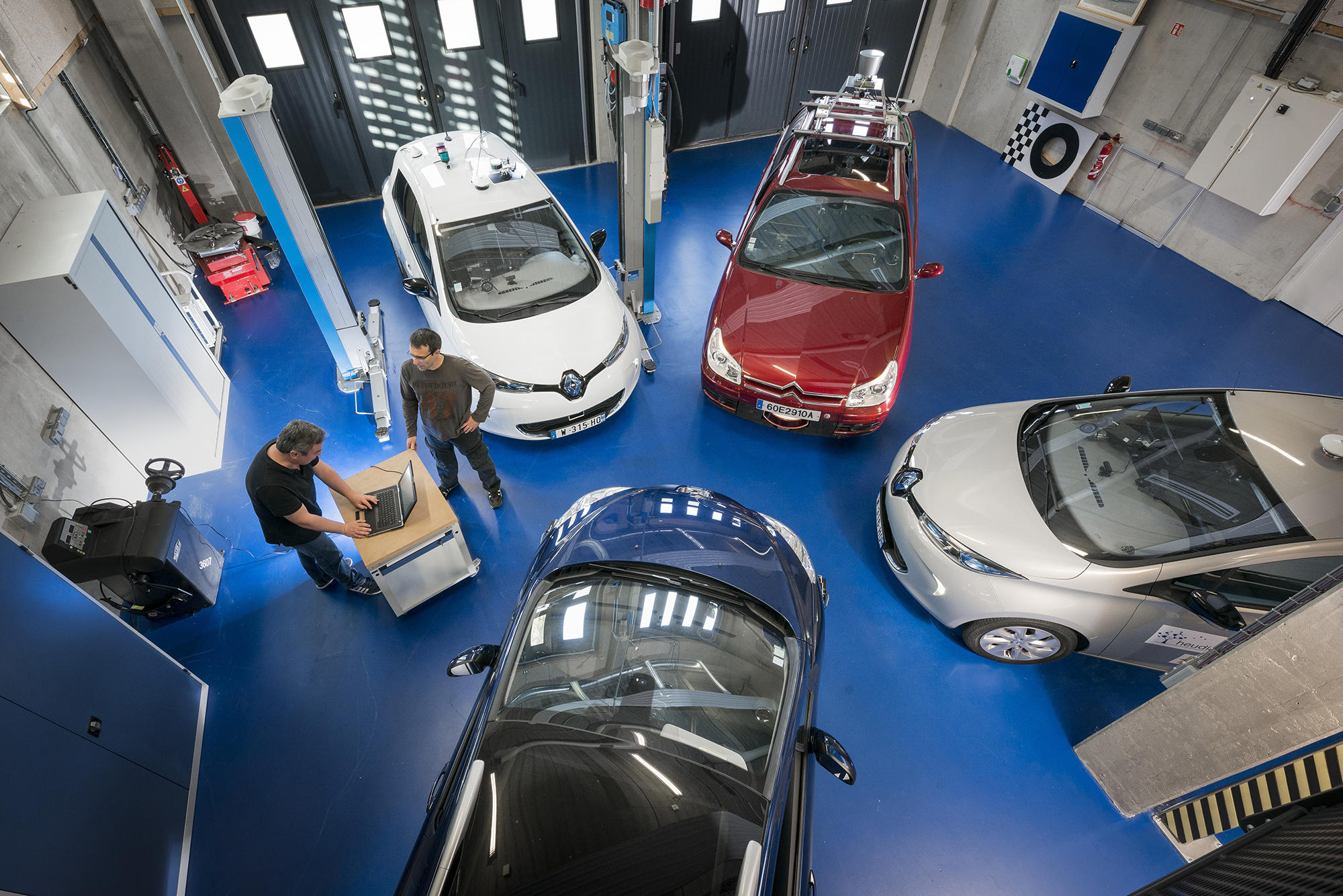You are here
Autonomous cars hit French roads
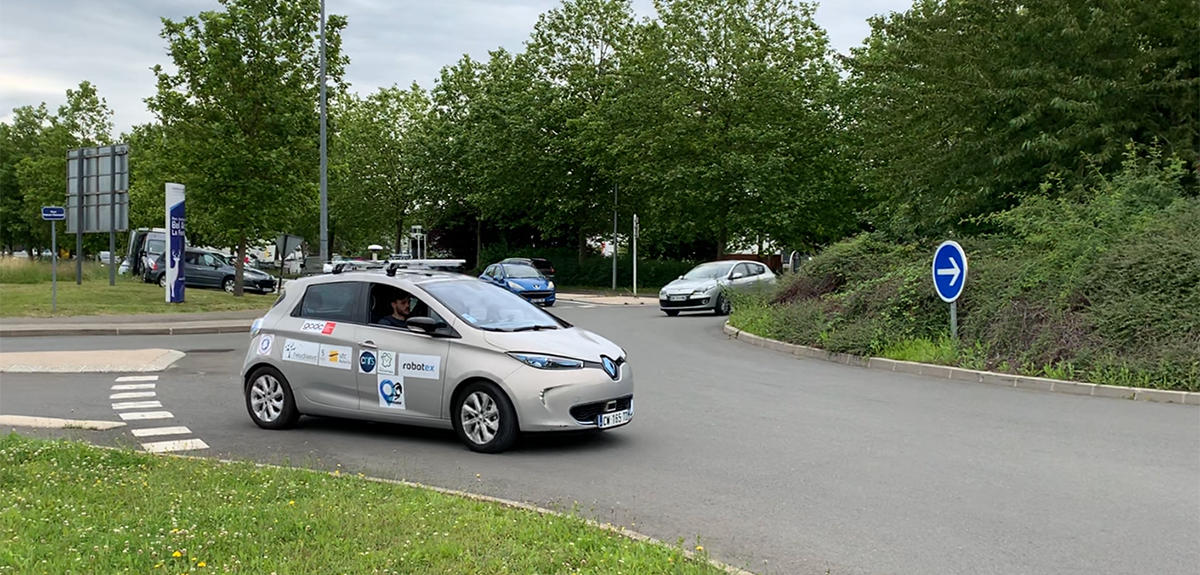
In July 2021, the future came to the present. Residents of Rambouillet passed a strange vehicle on their roads, with fairly robotic behaviour: an autonomous car that can drive itself. The experiment, which was led by the HEUDIASYC laboratory,1 was a first in real traffic conditions with road users not being informed of the situation. "We are one of the first CNRS research laboratories to experiment with these cars on roads open to traffic, with safety drivers that can intervene in case of an emergency," indicates Philippe Bonnifait, the director of the laboratory. "Our team had tried the car repeatedly on test tracks, but conducting this test in real conditions is different altogether. Uncertainties remain in terms of reactions to other users." The car faced a number of vehicles with highly different profiles, such as lorries and bicycles, and even a pickup towing a broken down car.
Cooperative vehicle-infrastructure systems
The HEUDIASYC laboratory is working in particular on the use of the autonomous vehicle's data, localisation, and perception. Researchers are currently developing systems that allow these cars to communicate with one another or with infrastructure. Their objective is the transmission of information between the vehicle and a third-party, for instance to facilitate real-time navigation. A car could thus inform another one about the direction in which it is headed, in an effort to ease and improve the flow of traffic. "Data exchange between vehicles must be entirely anonymised, and that is perfectly doable," stresses Bonnifait.
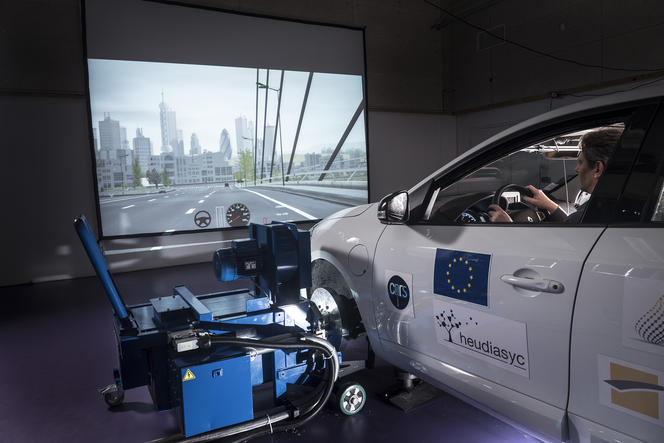
The five-day experiment sought to evaluate cooperative vehicle-infrastructure systems, in this case involving a roundabout. Since ordinary cars cannot yet communicate with their self-driving counterparts, scientists installed a camera at a roundabout to supplement the vision of the vehicle's on-board Lidar, a remote sensing method that uses infrared light to make out its environment, but cannot locate all road users on its own. "Our self-driving car can identify its environment at a distance of up to 40 meters, but beyond that it has difficulty spotting obstacles. If it navigates exclusively with its sensors, it adopts a highly prudent behaviour, and slows down. For example, it will wait for the road to be clear before entering a roundabout." The safety of users remains a priority. Placing cameras at certain roundabouts will enable this infrastructure to provide more detailed analysis of the surroundings to autonomous vehicles, thereby enabling them to better anticipate their entry.
The roundabout: a nightmare for self-driving cars
Is it really worth placing communication devices at roundabouts? This question, which was behind the experiment, has not been studied elsewhere, as these infrastructures are very much of a French thing. They first appeared in 1907, and became widespread at the end of the century. France has the greatest number, with 30,000-40,000, or nearly half of the world’s total. US scientists, on the other hand, are studying entry for T-junctions and motorways.
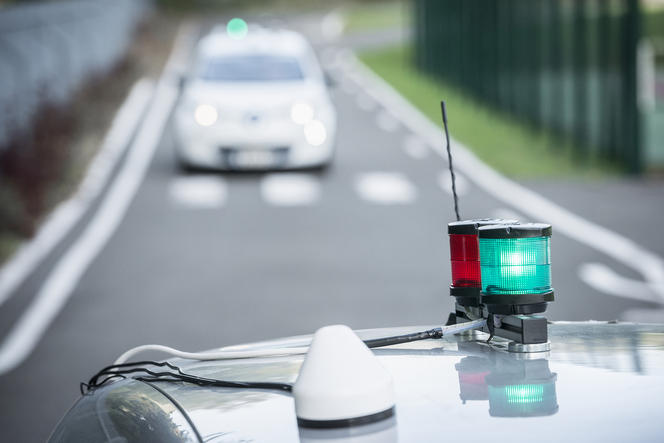
The HEUDIASYC laboratory's self-driving car entered the same busy roundabout between 30 and 40 times during the two-and-a-half hour experiment, without other drivers paying special attention to it. It had to quickly calculate the possible trajectories of other users in order to enter at the right time and the right speed. "It was a great success! But with an extra week we could have created a much more efficient system. The test allowed us to validate numerous theoretical approaches for improving the operation of self-driving cars. The entry algorithm that we developed worked very well." The camera installed at the roundabout detected the other vehicles, as well as their positions.
The experiment also showed that vehicle-infrastructure cooperation has much to offer. For example, it allows self-driving cars to anticipate traffic on a roundabout. The many recordings that were made are being analysed by research teams. The entry algorithm and cooperative vehicle-infrastructure perception method have already been published.
Following the trail of the self-driving car
The first European project for developing smart cars, named Prometheus, was launched in 1987. It brought together carmakers, parts manufacturers, universities, the CNRS, Inria and their respective research laboratories, including HEUDIASYC. Europe was a pioneer in this field, although research projects sadly fell into oblivion over time. "The general idea was to put a computer in a car and connect it to a few sensors, so that the vehicle could better sense its environment and assist the driver. Computer science was still in its infancy. The concept of a self-driving car came much later." Projects involving driverless automobiles were revived in 2003 by the Defense Advanced Research Projects Agency (DARPA) in the US, which organised international competitions for driverless and autonomous land vehicles.
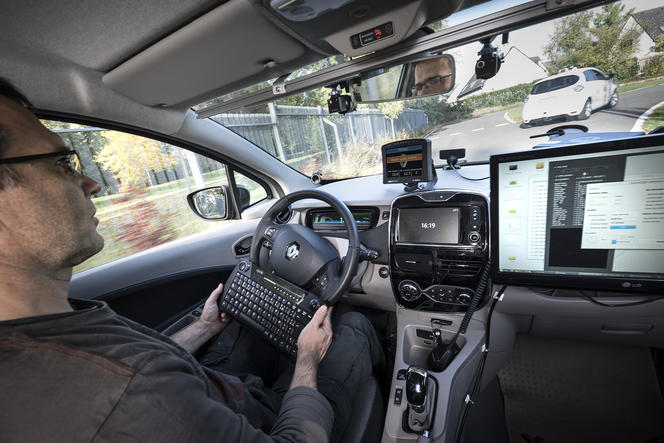
Today all Tech multinationals are interested in self-driving cars. Advances have been made in particular in the United States and China in the form of start-ups, with Google owning Waymo, Amazon owning Zoox, etc. Companies that design and develop autonomous vehicles generally work in digital technology rather than the automobile industry.
In 2016, the United Nations Economic Commission for Europe (UNECE) announced a revision of the Vienna Convention on Road Traffic, namely to authorise certain automated driving systems. There are two types of standard – US and international – for driving automation in the world. The international rule, applied in Europe, is structured into six levels.
Level 0 means there is no automation. The driver has complete control over the vehicle's operation. Level 1 integrates assistance. Automation is present for certain functions, but only to assist the driver, who maintains overall command. Examples include anti-lock braking systems (ABS), or a simple cruise control function. Level 2 offers automation of combined functionalities. Control of at least two of the vehicle's primary functions (motor, accelerator, steering, brakes) is automatic, replacing the driver in certain situations. This category includes adaptive cruise control combined with lane centering and parking assist.
In level 3, autonomous driving is limited. The driver can yield control of the vehicle to the automated system, in certain environmental and traffic conditions, but must be able to take over at any time. In level 4, driving is totally autonomous, again provided the right conditions are met. The vehicle is designed to perform all functions along a certain route and within a given operational domain. If it asks the driver to take the wheel and they fail to do so, it can shift into safety mode. Finally, driving is completely autonomous in the 5th and final level, with no driver assistance whatsoever.
A decree from 29 June 2021 authorises and regulates automated cars up to level 4 in France, provided they are supervised and part of a passenger transport service. France is the first European country to allow these vehicles on its roads.
The autonomous vehicle of the future
Autonomous vehicles could take many forms in the future, such as individual cars, robot-taxis, buses, and lorries. These means of transport will be connected and will communicate with one another, as in the inter-vehicle cooperation studied by the HEUDIASYC laboratory. They could potentially be shared among different individuals thanks to connected devices. "This new autonomous, connected, and shared electric mobility will also benefit rural areas, where public transportation is sorely lacking, and the elderly must be able to use mobility services."
Be that as it may, the cars of the future will still have steering wheels and pedals, and no doubt there will still be human-machine cooperation. Vehicles will have increased perception of their environment as well as relative autonomy. "My job also involves thinking about the future roles and functions of self-driving cars. We must continue research to see whether they can both improve road safety and contribute to the environmental transition. In any event, this technology will have to provide significant advantages to our society if it is to be accepted."
- 1. Laboratoire Heuristique et diagnostic des systèmes complexes (CNRS / Université de technologie de Compiègne).



